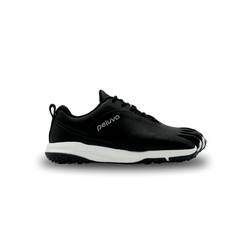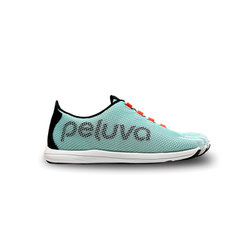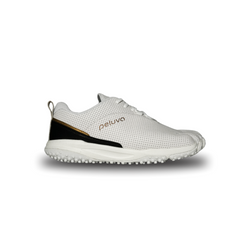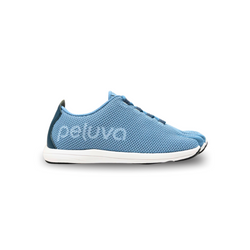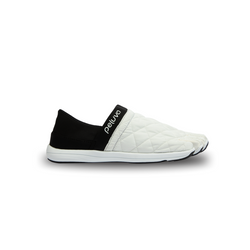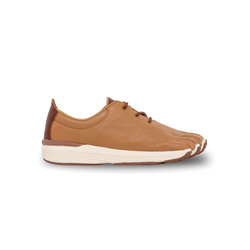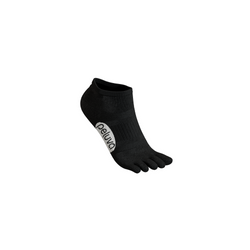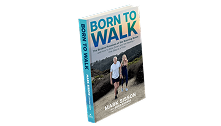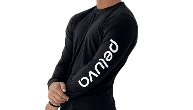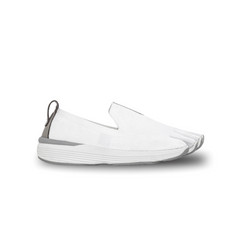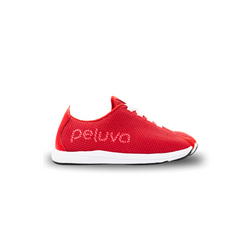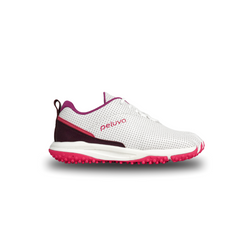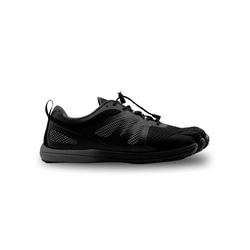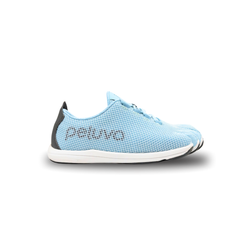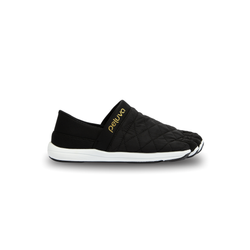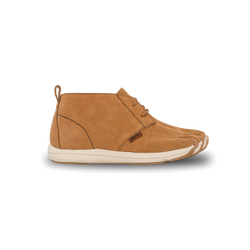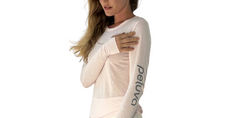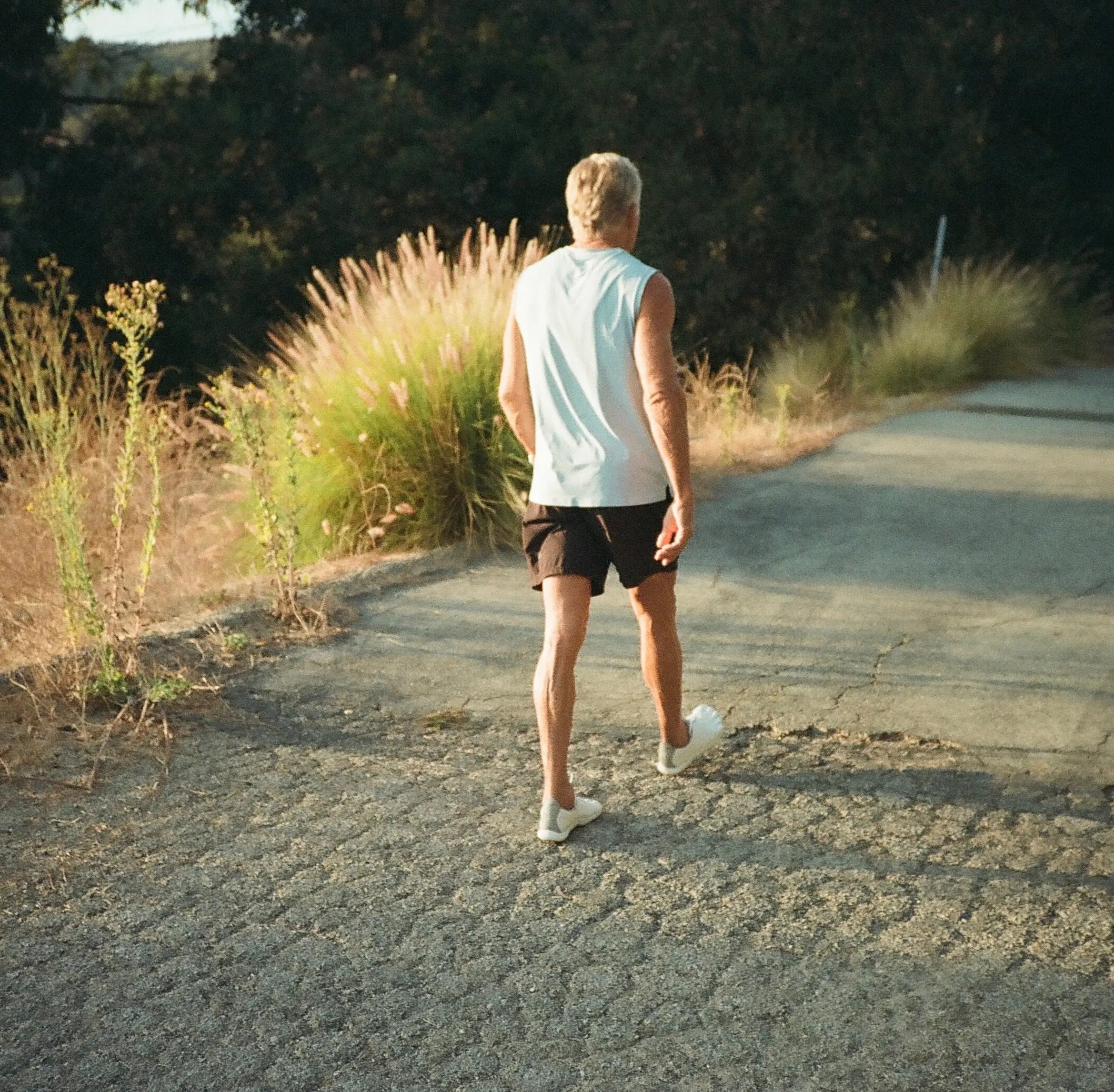As has happened a few times in my life, I started a business - Peluva Footwear - out of frustration. In this case, it was my frustration with footwear. Shoes – of any and all kinds – have never been truly functional and comfortable for me. Despite a long career in the health field, a keen interest in foot health, thousands of miles of running and my having sampled hundreds of “better for you” shoes, I have never found anything that met my criteria for good-looking, comfortable, functional shoes. They either looked great and cramped my feet or were comfortable and quasi-functional but looked goofy. As a former marathoner, my high-tech running shoes certainly absorbed some of the impact of those tens of thousands of miles of hard running, but ultimately all that did was bypass the important sensory input (feel for the ground), hamper the foot's important role in impact absorption, and inappropriately disperse forces throughout the lower extremities. This resulted in chronic overuse injuries to my knees, hips, Achilles tendons, hamstrings, and more.
I have never been able to wear normal dress shoes for any length of time without discomfort. My feet just get too cramped and uncomfortable. I once threw a brand new $200 pair of hiking boots away just three miles into a three-day Grand Canyon hike because they hurt my feet so badly. Even most of my wide toe box minimalist shoes still didn’t allow the kind of toe freedom and toe "splay" that I wanted and knew I needed. Finally, those relatively comfortable 5-toed minimalist shoes that I could find online were either completely void of cushioning or just plain ugly and made me too self-conscious to want to wear them anywhere except the gym. I knew exactly what I wanted (and what I suspect millions of other people wanted), so I set about to create what we at Peluva truly believe is the ultimate barefoot-inspired functional, fashionable, and comfortable shoe. “I have built my dream shoes: comfortable, functional and stylish. I can’t wait for you to try them.”
My number one objective was to develop the most comfortable shoes I could possibly wear. Through prototype after prototype, I quickly became my own most discerning and critical customer. These shoes had to be comfortable not just for a few minutes or hours, but for longer periods of standing, walking and sitting – generally all day. That meant literally building a shoe from the ground up, throwing away every notion built into modern athletic footwear. I noticed that even the most comfortable “cushioned” shoes would feel great initially, but then they would cause knee pain or back pain (often as a result of the excessive “comfortable” cushioning).
My son and co-founder Kyle came up with the term “sustainable comfort.” What he implied with that term was that we build a shoe that was comfortable when worn for long periods of time, not just the first few minutes of trying it out walking the aisles of a shoe store. Next, these had to be truly functional: Not just a wider toe box – lots of companies offer that - but they had to allow for individual articulation of the toes (individual toe movement up and down as well as side to side). This was another primary goal. We wanted to create what were effectively “gloves for the feet” with a thin layer of cushioning material and then strategically placed traction and wear points. Other companies have tried this, but usually in the name of performance.
We wanted a shoe you could wear all day, for any occasion, that enveloped your toes the way driving gloves would envelope your fingers. The shoes had to be thin enough to allow for the foot to flex significantly and to feel and to adjust to the changes in terrain underfoot. On the other hand, they also had to have enough shock absorption (yes, there’s a tiny bit of cushioning) so that one could walk for longer distances on very hard surfaces and not experience pressure under the metatarsal area that sometimes can feel like a “bone bruise” when you are on concrete. They had to have little-to-no drop in elevation from heel to toe in order to allow the Achilles tendon and calf muscle their fullest possible natural range of motion when walking and standing. Doing so would possibly help take some of the strain off the Achilles tendon and/or plantar fascia, a problem that happens all too often with modern shoes that have lifted heels. I wanted shoes with no artificial arch support built in.
A primary reason for minimalist shoes is to allow the smaller muscles of the feet to work a bit while walking or standing. Most regular shoes provide so much arch lift that these smaller muscles don’t get activated and tend to atrophy over time. Yes, you could add orthotics if you wanted, but the idea over time was to get away from the artificial support. Equally as important as functionality, my new shoes had to have style. Most of the other attempts at five-toed shoes have been, shall we say, less than attractive - like trying to put ballet slippers on 200 pound UFC fighters. And many of the regular wider toe box minimalist shoes, while often fairly good-looking and stylish, still don’t allow for the individual toe splay.
When the Peluva Project kicked off, we spared no effort analyzing everything that had ever reached the market and evaluated years of user experiences, good and bad. With my son and Peluva co-founder Kyle, we started cutting, glueing and sewing makeshift homemade footwear, which led to a creating dozens of factory prototypes. We put these through the paces, along with numerous other beta-testers, until we arrived at what we feel is the best barefoot shoe every made. The process continues to evolve as the Peluva community continues to grow. I can't wait to share numerous top secret projects that will bring you more variety, versatility, and innovation with Peluva shoes.
